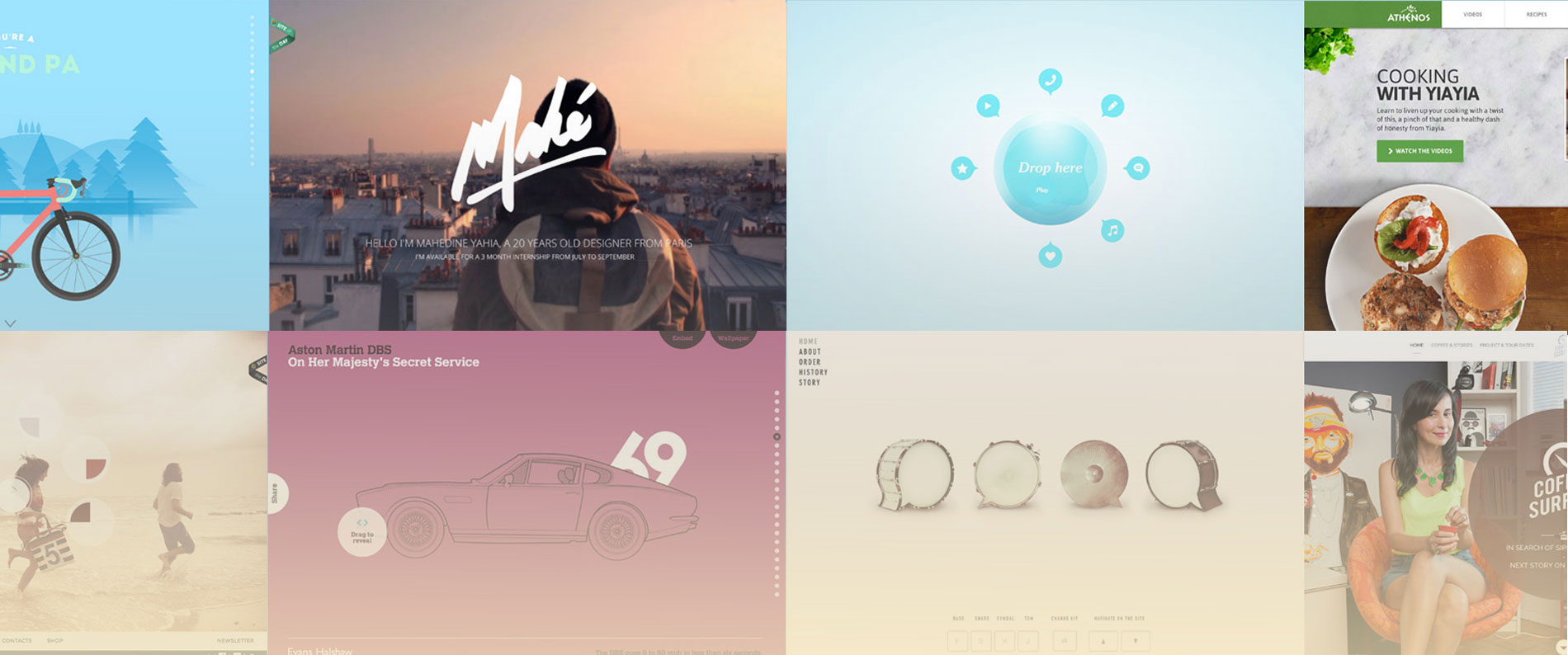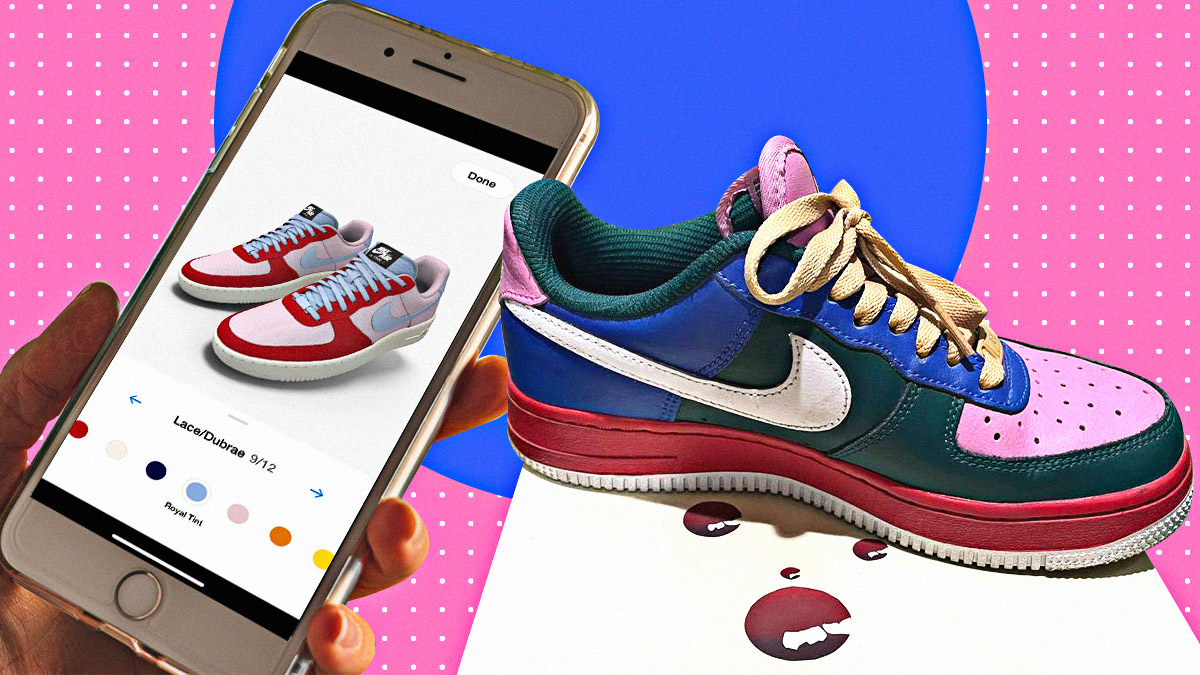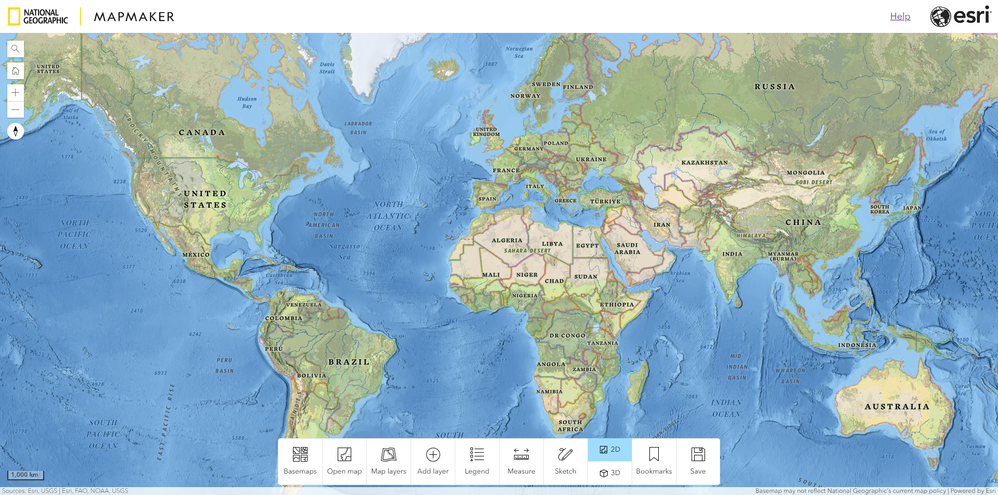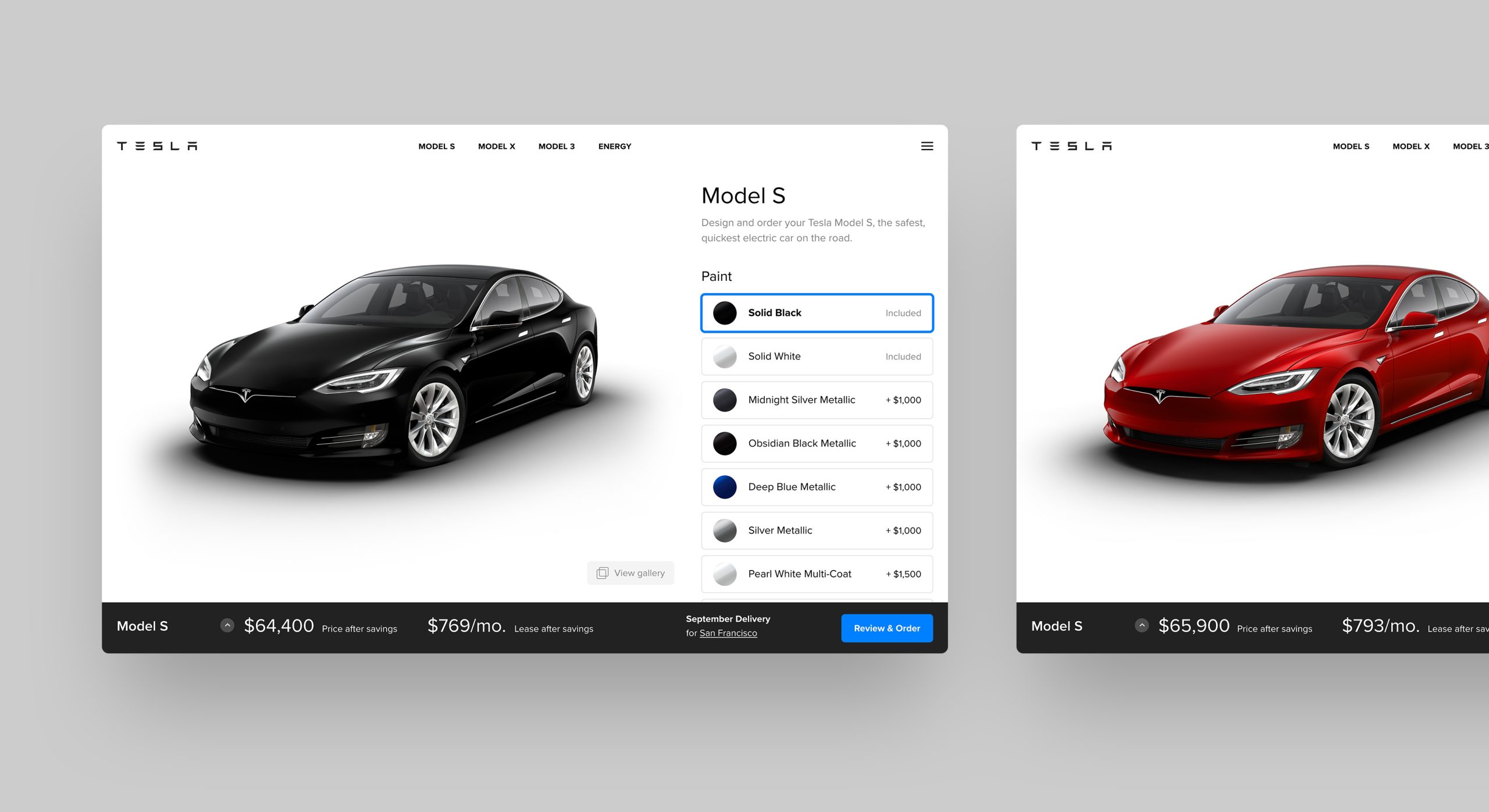In today’s digital age, capturing user attention is no easy feat. Static websites, while informative, can often struggle to compete in a landscape overflowing with content. This is where interactive websites step in, transforming the user experience from passive consumption to active engagement.
Interactive websites are not just visually appealing; they allow users to participate, play, and explore. This fosters a deeper connection with your brand, improves recall, and ultimately drives results. Whether you’re a business owner, marketer, or simply someone passionate about creating engaging online experiences, this guide will equip you with everything you need to know about interactive websites in 2024.
Why Interactive Websites Matter
Let’s face it, traditional websites can feel one-dimensional. Interactive websites, on the other hand, offer a plethora of benefits:
- Increased User Engagement: By incorporating interactive elements like quizzes, games, or polls, you keep users actively involved, leading to longer visit times and deeper brand interaction.
- Enhanced Brand Recall: Interactive experiences create a lasting impression. Users are more likely to remember a website that actively engaged them compared to a static one.
- Improved Conversion Rates: Interactive features can help capture leads and convert visitors into customers. For instance, a product configurator allows users to personalize a product, increasing purchase intent.
- Valuable User Data & Insights: Interactive elements provide valuable data on user behavior and preferences. This allows you to tailor your website and marketing strategies for greater effectiveness.
Statistics speak volumes. Studies show that interactive websites can increase conversion rates by up to 300% and boost user engagement by as much as 88%. Investing in interactive website features is no longer a luxury; it’s a strategic move towards success.
Types of Interactive Websites Features
Now that you understand the power of interactive websites, let’s delve into the exciting world of interactive elements you can incorporate:
Interactive Forms & Quizzes:
Go beyond basic contact forms. Create engaging quizzes or personality tests that gather valuable user data while providing a fun experience. For example, an e-commerce clothing store can implement a “Style Finder Quiz” that recommends outfits based on user preferences.
Games & Simulations:
Gamification is a powerful tool for boosting engagement. Educational games, product simulations, or interactive challenges can keep users coming back for more. Imagine a language learning website that incorporates interactive games to practice vocabulary and grammar in a fun and engaging way.
Live Chat & Messaging:
Real-time communication builds trust and fosters relationships. Live chat features allow users to connect with your team instantly for a personalized touch. This is particularly valuable for customer service applications, allowing for prompt and efficient resolution of inquiries.
User-Generated Content (UGC):
Encourage user participation by allowing them to share photos, videos, or reviews. This creates a sense of community and adds fresh content to your website. A travel agency website can leverage UGC by featuring user-submitted photos from different destinations, inspiring potential travelers.
Animations & Microinteractions:
Subtle animations and interactive elements like hover effects or progress bars can enhance user experience and guide them through the website seamlessly. For instance, a website showcasing a new smartphone can use interactive animations to highlight different features upon hovering over specific parts of the phone’s image.
360° Product Views & AR Try-On Features:
These features are particularly valuable for e-commerce websites, allowing users to virtually interact with products before making a purchase. Imagine a furniture store website that allows users to see a 360° view of a couch in their living room using augmented reality, or a cosmetics brand offering an AR try-on feature for different shades of lipstick.
How to Create Engaging Interactive Websites
Building an interactive website doesn’t have to be daunting. Here’s a step-by-step approach to get you started:
- Clearly Define Your Goals: What do you want users to achieve on your website? Increased brand awareness, lead generation, or product sales? Identifying your goals will guide your choice of interactive elements.
- Plan Engaging Interactions: Don’t just add bells and whistles for the sake of it. Choose interactive features that align with your goals and brand identity. For instance, a non-profit organization might implement a donation progress bar to showcase the impact of user contributions and encourage further giving.
- Prioritize User Experience (UX): Navigation should be intuitive, and interactions should be seamless. Ensure your website is user-friendly across all devices. Test your interactive features thoroughly to ensure a smooth and enjoyable user experience.
- Optimize for Mobile Devices: Responsive design is crucial in today’s mobile-first world. Your interactive website should adapt seamlessly to different screen sizes and devices to ensure a positive user experience on smartphones and tablets.
- Track & Analyze Results: Don’t just build it and forget it. Use website analytics tools to track user engagement with your interactive features. See what’s working and what’s not, and refine your approach based on the data to maximize impact.
Interactive Website Design Inspiration
Now that you’re equipped with the knowledge, let’s spark your creativity with some real-world examples:
1. IKEA Place (AR App):
Imagine redecorating your living room without ever leaving the couch. IKEA Place, an augmented reality app, lets you virtually place IKEA furniture in your home using your smartphone camera. This innovative feature allows you to visualize scale, style, and even color combinations before making a purchase decision. It’s a win-win for both user experience and IKEA’s sales potential. (Focus: User Experience, Personalization)
2. Warby Parker “Try On” Feature:
Trying on glasses shouldn’t feel like an obstacle course. Warby Parker, a leading online eyewear retailer, understands this. Their interactive “Try On” feature utilizes webcam technology to allow users to virtually see how different glasses look on their face. This convenient and personalized approach to online shopping removes a common barrier for potential customers, boosting sales and brand loyalty. (Focus: E-commerce, Product Visualization)
3. The New York Times “The Daily 360°” Videos:
Transport yourself to the heart of a news story with The New York Times’ “The Daily 360°” videos. These immersive experiences utilize 360° video technology, allowing viewers to explore a news scene from all angles and feel like they’re right in the thick of the action. This innovative approach to storytelling fosters deeper audience engagement and a richer understanding of current events. (Focus: Storytelling, Engagement)
4. Duolingo (Gamified Language Learning):
Learning a new language doesn’t have to be a chore. Duolingo, a popular language learning app, injects fun and motivation into the process through gamification. Interactive lessons, points systems, badges, and leaderboards create a sense of achievement and friendly competition, keeping users engaged and on track towards fluency. (Focus: Education, Gamification)
5. Spotify “Discover Weekly” Playlist:
Music discovery shouldn’t feel random. Spotify’s “Discover Weekly” playlist leverages user data and advanced algorithms to curate a personalized playlist of new music recommendations every week. This interactive feature caters to individual music tastes, helping users explore new artists and genres while keeping them engaged with the platform. (Focus: User Experience, Personalization)
6. Nike By You (Shoe Customization):
Unleash your inner designer with Nike By You, a platform that allows users to create their own custom Nike sneakers. Choose from a wide range of colors, materials, and accents to design a pair of shoes that reflects your unique style. This interactive experience caters to the growing trend of personalization and empowers customers to become co-creators with the brand. (Focus: E-commerce, Personalization)
7. National Geographic “Interactive Maps”:
National Geographic’s interactive maps take exploration to a whole new level. Go beyond static visuals and delve into detailed maps featuring historical timelines, cultural insights, and stunning photos. This interactive experience allows users to explore different regions of the world in an engaging and informative way, fostering a deeper appreciation for geography and culture. (Focus: Education, Engagement)
8. BBC “Click-o-Matic” Quizzes:
Test your knowledge and have some fun with the BBC’s “Click-o-Matic” quizzes. These interactive quizzes cover a wide range of topics, from history and science to current events. The engaging format keeps users coming back for more, promoting user engagement and strengthening brand recall for the BBC. (Focus: Entertainment, Brand Awareness)
9. Washington Post “S.E. Cupp Unfiltered” Podcast:
Podcasts are no longer a one-way street. The Washington Post’s “S.E. Cupp Unfiltered” podcast embraces interactivity, allowing listeners to vote on discussion topics and submit questions in real-time. This dynamic approach fosters a sense of community and keeps listeners actively involved in the conversation, making the podcast experience more engaging and impactful. (Focus: Media, User Participation)
10. Tesla “Design Studio” (Online Car Configurator):
Tesla doesn’t just sell electric cars; they sell the dream of customization. Their online “Design Studio” allows users to configure their dream Tesla car down to the finest details. Choose from various paint colors, wheel styles, and interior configurations to create a car that reflects your personality and driving preferences. This interactive experience streamlines the car buying process and personalizes the journey for potential Tesla owners. (Focus: E-commerce, User Experience)
These are merely a handful of instances, and the potential is boundless. Investigate various websites spanning different sectors to observe their integration of interactive elements, gathering ideas for your own endeavors.
Conclusion
Interactive websites are no longer a futuristic concept; they’re the present and future of engaging online experiences. By incorporating interactive elements strategically, you can transform your website from passive to active, captivating users and achieving your digital marketing goals.
Ready to take your website to the next level? OnextDigital is a full-service digital agency specializing in web development and UX/UI design. We can help you create a user-friendly and visually stunning website that incorporates interactive features to elevate your brand and drive results. Contact us today for a free consultation and let’s build an interactive website that wows your audience!















